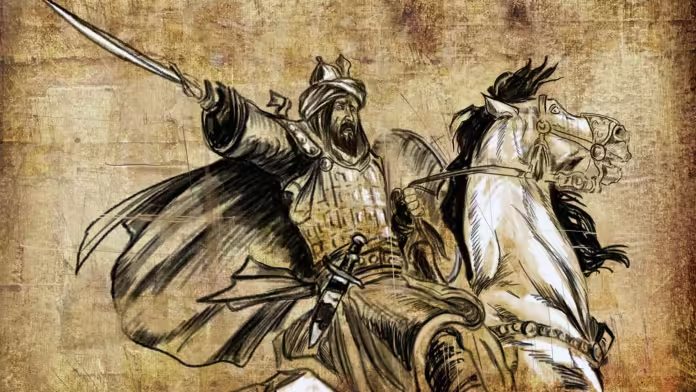Before the advent of Islam, pre-Islamic Arabia was a mosaic of nomadic tribes and settled communities, each with distinct cultures and belief systems.The Bedouin tribes were the primary inhabitants, leading nomadic lives centered around kinship. Patriarchal structures dominated, with inheritance passing through male lines. Women had limited rights, often viewed as economic burdens. Tribal conflicts were common, with vengeance and honor playing central roles. Lumen Learning
Urban Centers
While nomadism prevailed, cities like Mecca and Yathrib (later Medina) emerged as significant trade and religious hubs. Mecca housed the Kaaba, attracting pilgrims and fostering commerce. Yathrib was notable for its agricultural prosperity and diverse population, including Jewish tribes.
Religious Landscape
Polytheism dominated, with tribes worshipping various deities and spirits. The Kaaba in Mecca contained numerous idols representing these gods. Influences from neighboring regions introduced Christianity and Judaism, leading to religious diversity.
Political Entities
Several kingdoms existed, such as the Sabaean and Himyarite in the south, and the Ghassanid and Lakhmid in the north. These states played crucial roles in regional politics and trade, interacting with major empires like Rome and Persia.
Economic Activities
Trade was vital, with caravan routes connecting Arabia to Africa, Asia, and Europe. Mecca’s strategic location made it a bustling commercial center. Agriculture thrived in fertile areas like Yathrib, while coastal regions engaged in fishing and pearling.
Cultural Aspects
Poetry and oral traditions were highly esteemed, serving as means of preserving history and expressing tribal pride. Artistic expressions included intricate jewelry, textiles, and architecture, reflecting a blend of indigenous and external influences. Smarthistory

The pre-Islamic era laid the foundational structures—social, economic, and cultural—that would later be transformed with the rise of Islam, reshaping the Arabian Peninsula’s trajectory.
For more visit Pakistan Updates




